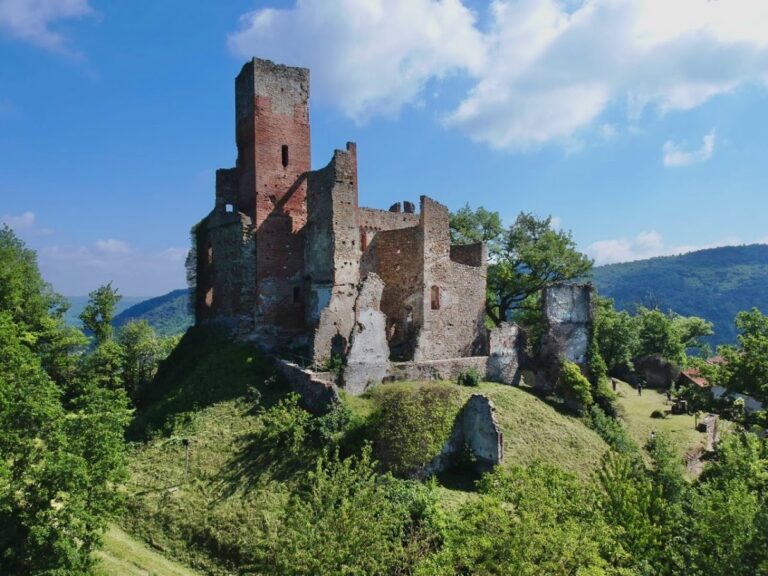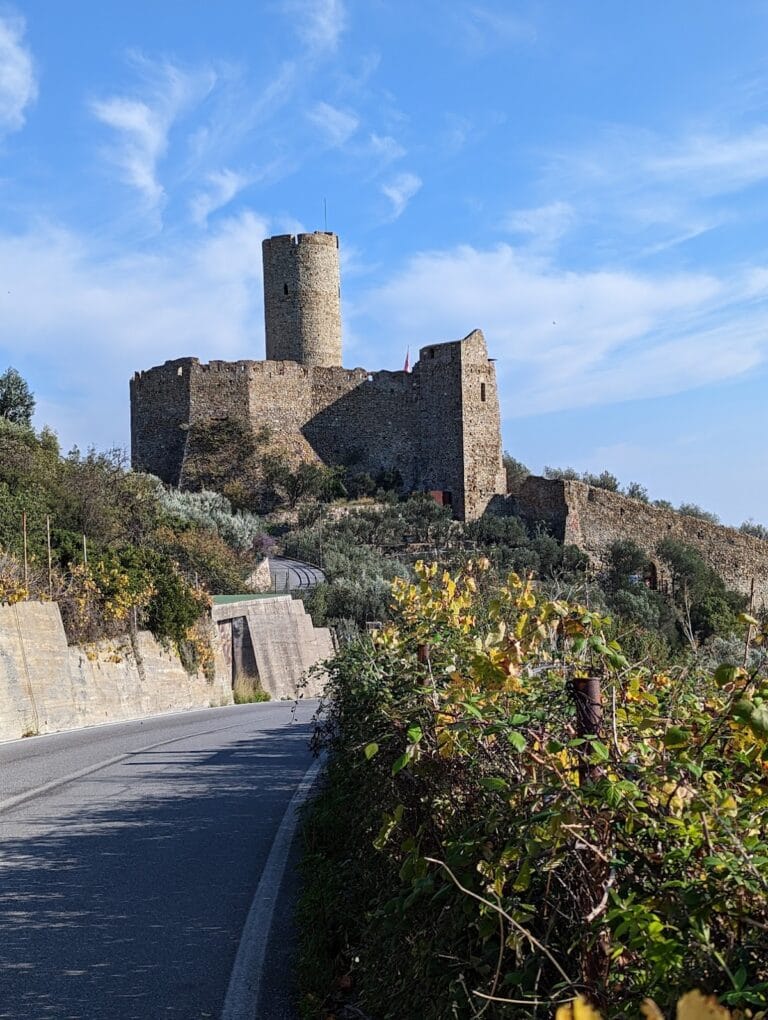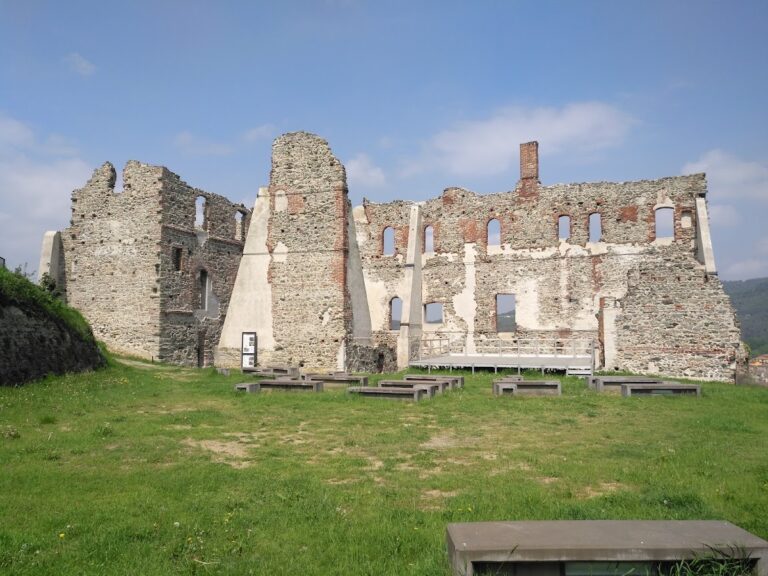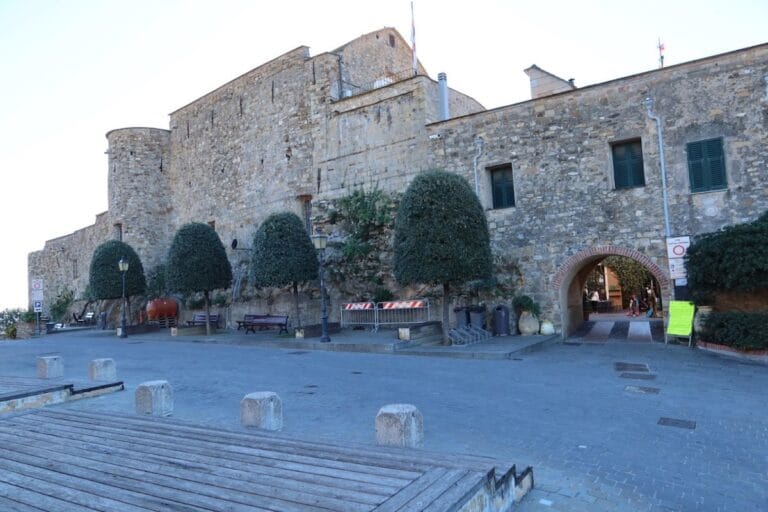Bardineto Castle: A 13th-Century Fortress in Italy
Visitor Information
Google Rating: 3.9
Popularity: Very Low
Google Maps: View on Google Maps
Country: Italy
Civilization: Unclassified
Remains: Military
History
Bardineto Castle is located in the municipality of Bardineto in modern Italy. It was established in the 13th century by the Del Carretto family, a noble lineage responsible for the creation of the fortified village of Bardineto in the Bormida Valley. The castle’s position was strategically important as it controlled the route connecting the coastal area near Albenga with the inland Lower Piedmont region, facilitating both defense and communication.
The earliest documentary record dates to 1268, shortly after the death of Giacomo Del Carretto in 1265. A notarial document from that year confirms his transfer of authority over the fortress and its inhabitants to his son Antonio Del Carretto. This early evidence demonstrates the castle’s role as a hereditary seat of power for the family during this era. In 1355, the Del Carretto hold on Bardineto was officially reaffirmed through an imperial diploma issued by Charles IV of Luxembourg. This document recognized Giorgio Del Carretto as lord of Bardineto and other domains within the Bormida Valley, maintaining the family’s control over the area.
Throughout the following centuries, the Del Carretto lineage continued to govern Bardineto Castle and its village. However, there were brief interruptions in their dominion. The Republic of Genoa took control in 1713, marking a short period of republican rule. Later, in 1735, the castle and village came under the control of the House of Savoy. Nevertheless, the Del Carrettos’ influence largely persisted until the upheavals brought about by the French occupation in the late 18th century.
During the French Revolutionary Wars, Bardineto Castle became a focal point in November 1795 amid the Battle of Loano. The fortress was occupied by Austro-Piedmontese forces who used it as a defensive position against advancing French troops. The conflict resulted in severe damage to the structure, as artillery fire demolished twelve of the sixteen sides of its defensive wall. This confrontation marked a significant turning point in the castle’s history, reducing its defensive capacity and altering its physical form. Over time, the medieval walls that once surrounded the village itself have vanished completely, signaling a shift in the landscape around the castle.
Remains
The remains of Bardineto Castle reveal its original design as a polygonal fortress, defined by a sixteen-sided defensive wall known as a curtain wall. Constructed during the 13th century, the castle occupied a raised position overlooking the Bormida Valley, providing a commanding view over the valley and the road linking the coastal territory with inland Piedmont. This elevated site was integral to its military and administrative function.
The large curtain wall once enclosed the entire polygonal structure, but following the 1795 battle, most of this fortification was destroyed. Today, only a portion of the curtain wall endures, with four of the original sixteen sides remaining partially intact. These surviving sections stand as ruins, bearing witness to the castle’s former strength while illustrating the destructive impact of the late 18th-century conflict.
The construction materials and specific architectural details of the castle have not been recorded, but its current remnants indicate robust medieval masonry suited to withstand sieges and assaults typical of its time. The ruins lie above what was once the fortified village of Bardineto, itself protected by defensive walls that, unlike those of the castle, have disappeared without trace. The castle’s position and remaining walls underscore its historical role as a strategic stronghold in the region, although the site now primarily offers fragmentary evidence of its former presence.
No inscriptions or decorative elements have been documented in the surviving remains. The lack of detailed internal structures in the archaeological record leaves the arrangement of rooms or facilities within the castle unclear. Despite this, the visible remnants attest to a formidable fortification whose primary purpose was defense and control over the vital communication route between coast and hinterland.







